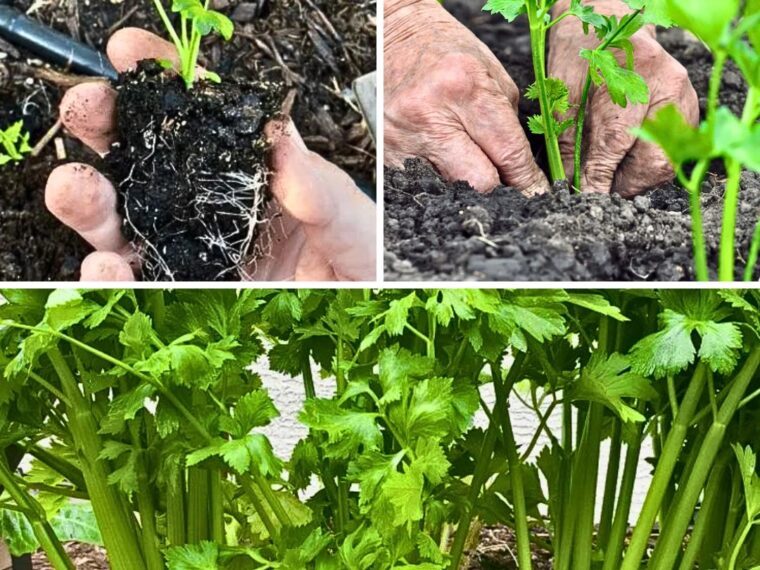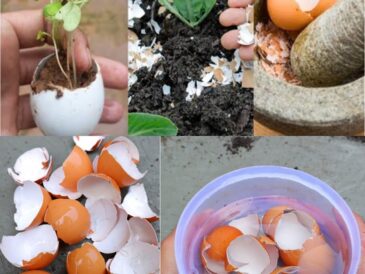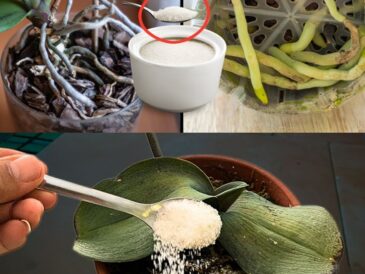Celery is a popular vegetable known for its crisp texture and distinct flavor, often used in soups, salads, and as a healthy snack. However, growing celery can be challenging, especially for beginners. Celery requires specific conditions to thrive, and making mistakes during its cultivation can lead to disappointing results. In this article, we will explore seven common mistakes that beginners should avoid when growing celery to ensure a successful harvest.
1. Starting Seeds Too Late
Celery has a long growing season and needs plenty of time to mature. Starting seeds too late in the season is a common mistake that can lead to poor growth and small, tough stalks.
What to avoid:
- Waiting until the last frost to start seeds, which may not give celery enough time to mature before the heat of summer or the cold of fall.
Best practice:
- Start celery seeds indoors 10 to 12 weeks before the last expected frost in your area. This gives the plants a head start and ensures they have enough time to develop before being transplanted outside.
2. Not Providing Adequate Moisture
Celery is a water-loving plant and requires consistent moisture to grow tender and flavorful stalks. Failing to provide enough water is a common mistake that can result in tough, bitter celery.
What to avoid:
- Allowing the soil to dry out, especially during hot weather, which can stress the plants and negatively impact growth.
- Watering inconsistently, leading to fluctuations in soil moisture levels.
Best practice:
- Keep the soil consistently moist by watering regularly, especially during dry spells. Celery prefers soil that is evenly moist but not waterlogged.
- Mulch around the plants to help retain moisture and regulate soil temperature.
3. Planting in Poor Soil
TO CONTINUE READING PLEASE SEE NEXT PAGE




